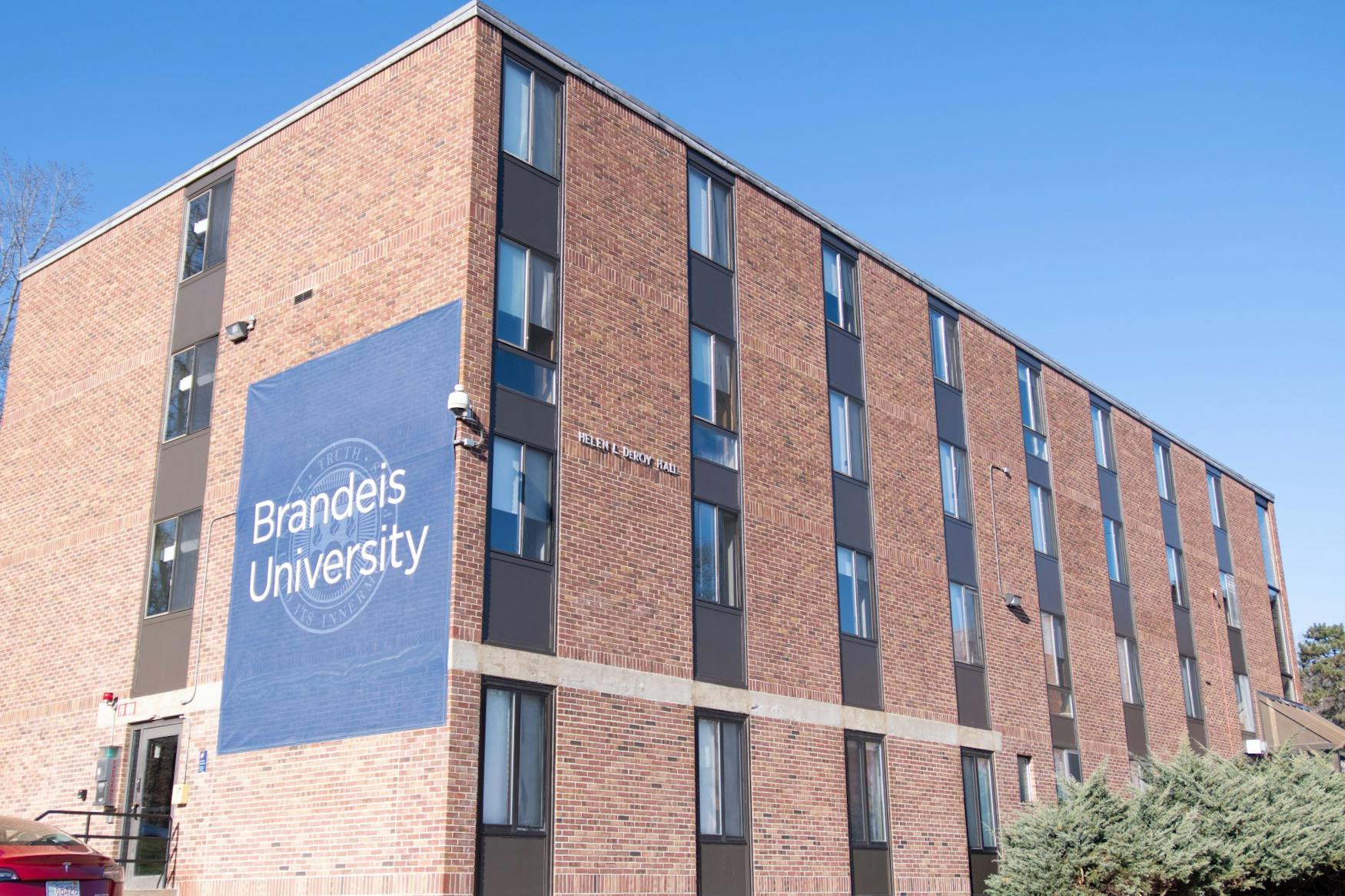Deroy, Village residents report mold, DCL inspections find no evidence
Several residents of Deroy residence hall reported contracting sinus infections due to mold in their dorms.
After several Deroy Hall residents noticed a disproportionate number of students who lived in the building sick with sinus infections, they notified the Department of Community Living to take care of what appeared to be a mold issue in the residence hall. Although DCL did not find any mold in Deroy, many residents were unhappy with DCL’s response to the issue.
Massell Quad Area Coordinator Maira Pantoja wrote in a Nov. 15 email to the Justice that DCL was first notified of mold concerns on Oct. 31 when several students visited her office. Custodial staff members were sent to inspect the residence hall after five rooms submitted work orders, she said.
According to Pantoja, after a follow-up inspection on Nov. 5, Environmental Manager Andy Finn noted that DCL observed no potential mold growth and checked humidity throughout the building.
One resident voiced their concern to the Justice in a Nov. 14 interview, saying they were surprised that DCL did not immediately set up spore tests, because mold has the potential to become very dangerous.
Sam Ferguson ’23 was one of the first students to contact DCL. In a Nov. 14 interview with the Justice, he said he first became concerned about potential mold after a visit to the Health Center.
“I told [the nurse] about the pungent, fruity smell in my room, the stuffy air quality and the nastiness that we had felt we had been breathing in,” he said. “She said all of those things were characteristic of a sinus infection caused by bacteria.”
The Health Center did not respond to the Justice's request for an interview.
Ferguson explained that there are two main types of sinus infections — viral and bacterial — with mold resulting in the bacterial form of the infection. According to the Cleveland Clinic, practitioners cannot make a distinction between viral and bacterial sinus infections after just one patient visit. Instead, they follow symptom duration, noting that bacterial sinus infections typically last more than 10 days.
The Centers for Disease Control and Prevention says that people express varying signs and symptoms to mold. Some individuals experience eye irritation, respiratory illness and skin irritation, while others show no signs or symptoms at all. Although there are always mold spores in the air, extensive mold contamination has potential for severe health impacts, according to the New York State Department of Health.
Ferguson noted that most residents who were sick had colds, but around three or four students had sinus infections, and one student contracted pink eye. Although many students speculated their illness was due to the mold, there was no medical opinion to confirm the correlation.
“The people who had sinus infections have gotten them over and over again,” he said. “I know one of the girls has had a sinus infection three times in a row. I had two infections. It has just been ridiculous.”
Ferguson also pointed out that his repeated illness has affected more than just his health. “I had a meeting with my academic advisor yesterday,” he said, “because this has really been sort of disallowing me from doing school work.”
Another Deroy resident, Emily Zieff ’23, noted in an interview with the Justice that following the commotion regarding mold, she and other students identified what appeared to be mold covering their bathroom heaters. Zieff was one of the students who contracted a cold, but said, “I wasn’t sure if it was related [to the mold] or not, because that’s what happens when people are sick, regardless of mold.”
Class of 2020 Senator Scott Halper told the Justice on Nov. 20 that Assistant Dean of Student Affairs Tim Touchette had told him during a meeting that DCL had the building tested for mold and none was found.
“I think they are taking the issue seriously, as they have issued prompt responses,” Halper said. “However, a number of students I am in contact with are still concerned about the potential of mold in their room.”
Deroy residents, however, are not the only students to report this issue. One Village resident alleged that several of the rooms have what appears to be mold.
“There is one that’s really bad,” the resident said. “It’s all over the ceiling.”
Although the student mentioned residents of the Village are not repeatedly getting sick like those in Deroy, they are not happy with DCL’s reaction to the complaint. After the student filed a complaint, DCL allegedly did not follow up with their concerns.
“If this continues, then yes,” the student said, “there is a possibility that I get sick and I would be concerned, but currently, I don’t feel like it is a huge threat to my safety.”
Ferguson clarified in a Nov. 19 interview that DCL eventually moved all students who filed complaints into Shapiro residence hall for 24 hours and used an ozone machine to clear potential allergens from the air. Ferguson was unsure if the treatment was effective, but said that Pantoja followed up with him to offer one final room inspection.
“I wish they could expedite the process,” he said, “but I understand that some hoops need to be jumped through.”



Please note All comments are eligible for publication in The Justice.